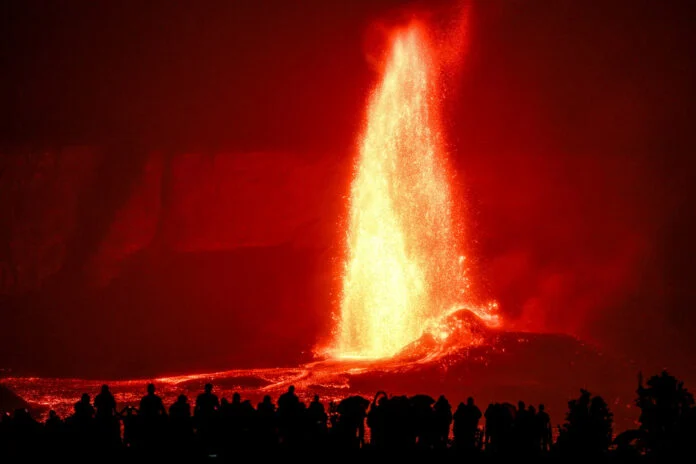BY THE ARCHAEOLOGICAL EDITOR GROUP
With its magnificent temple complexes, grand waterways, and ornate infrastructure, the city of Angkor Wat is one of the most spectacular ancient sites in Southeast Asia. During the height of the Khmer Empire, from the 9th to the 15th centuries, the city served as the empire's capital. The city's architecture, art, and religious symbolism continue to enthrall scholars and visitors today for the same reason: they are veiled in mystery. In this piece, we'll try to unravel some of Angkor Wat's mysteries and fathom its significance.
Angkor Wat, in modern-day Cambodia, was once the capital of an empire that ruled much of Southeast Asia and amassed vast wealth as a result. The Hindu god Vishnu was the focus of the city's construction, as it was erected around a massive temple complex. Construction on the temple began in the early 12th century and continued for more than 30 years. The temple's towers and spires are meant to symbolize Mount Meru, the cosmic mountain at the center of the Hindu universe, making the structure itself a miniature version of the Hindu cosmos.
The engineering and building of Angkor Wat are two of the temple's many mysteries. More than a million stone blocks, each weighing up to 1.5 tons, make up the temple complex. Stones for Angkor Wat were hauled from a quarry more than 50 kilometers away via a network of canals and waterways. In addition to requiring a sophisticated understanding of astronomy and mathematics for its construction, the temple complex is laid out to correspond with the motions of the sun, moon, and stars.
As if that weren't enough of a mystery, nobody seems to know what Angkor Wat means symbolically or religiously. Hindu mythological and everyday Khmer life scenes are depicted in the complex's intricate carvings and reliefs. Religious symbolism abounds in the carvings, such as the churning of the ocean of milk, which is said to represent the creation of the universe. Countless sanctuaries and shrines honoring various Hindu deities can also be found within the temple grounds.
The temple's decline is a mystery in and of itself. In the 15th century, the city's population left for other parts of Southeast Asia, and it was abandoned. Environmental degradation, climate change, and political instability are all factors that scholars believe may have contributed to Angkor Wat's decline, but the exact reasons for this are still unknown. When French explorers found it again in the 19th century, the city quickly rose to prominence as a tourist hotspot.
The Angkor Wat temple complex is also shrouded in mystery because of its many secret rooms and hallways. Numerous secret chambers and passageways serve as sacred spaces for religious and ceremonial activities within the temple complex. The discovery of some of these chambers continues to this day, and the mysteries they conceal continue to captivate researchers and tourists alike.
The true nature of the Khmer Empire is yet another enigma surrounding Angkor Wat. We know surprisingly little about the history and culture of the Khmer people, who constructed Angkor Wat and ruled over one of Southeast Asia's most powerful and influential empires. Though the Khmer language and script have endured, much of the Khmer people's history and mythology have been lost to the ages.
Angkor Wat may be shrouded in mystery, but that has not diminished the city's significance in Cambodian religion and culture. Cambodian art and architecture have been influenced by the Angkor Wat temple complex, a symbol of the ancient Khmer civilization, for centuries. Some of the temple's shrines and sanctuaries have been repurposed for use by Buddhists, making the entire complex a significant pilgrimage site for both religions. In sum, Angkor Wat's enigmas are just as alluring as they are difficult to unravel. Many mysteries remain about the city, such as its origins, the causes of its decline, and the significance of its art and architecture, despite decades of archaeological investigation. Can you imagine how many secret rooms and passages the temple has? Is there any limit to the mysteries and secrets that the Khmer civilization could hold? This ancient site is one of the most mysterious and impressive in the world, and the answers to these and other questions may not be known until much more research and exploration are done.







